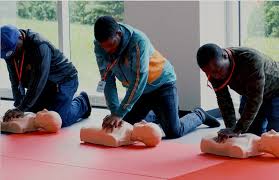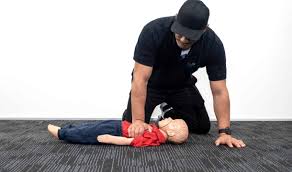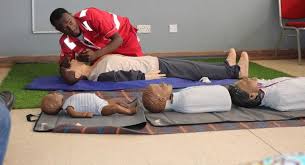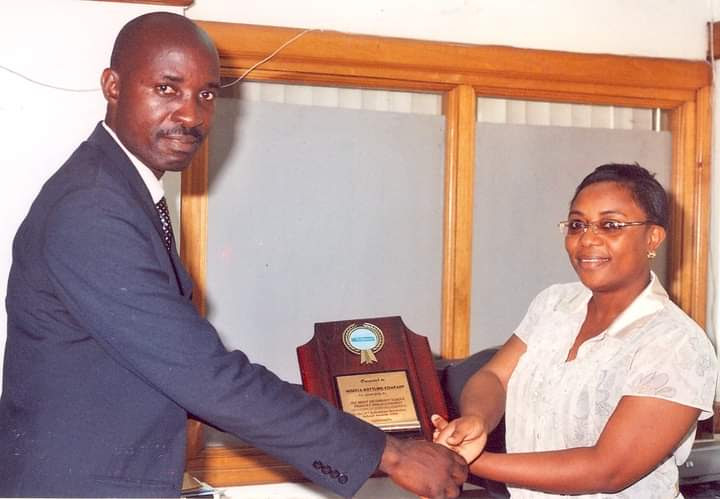![]()
If you’ve landed on this article page, you’re probably searching for a
good business idea—an idea that’s light on the pocket but heavy on
returns, promising both a fulfilling journey and potential profit.
|
How
to Start a First Aid Training Business in Nigeria
Looking to start a first aid company? Here’s everything that you
need to know to get started
Taking that first step to starting your own business can feel
daunting, but it is a step that is well worth taking. If you
want to start your own training business, you need to be
strategic about how you start your business and maintain its
brand.
Understanding the Market’s Needs
The first step to establishing a good first aid company is to
identify a niche in the market and get a better understanding of
its needs. If you want to stand out from the rest of the
competition, you need to do your research on different niches in
the market. More importantly, you want to find a niche that can
align with your particular expertise or has rising demand
without as much supply.
For instance, are you looking to train personnel and staff in a
care setting such as a school? Or do you want to train
individuals to help reduce the risk of major injuries at home?
Using your experience and passion to meet a specific demand for
first aid courses can be challenging, so take an opportunity to
survey the market and understand what people are looking for.
Setup Your Business Essentials
What are the necessary business essentials for a first aid
trainer? That’s right: training supplies!
Effective training involves hands-on practice, which requires
using tools like first aid kits and manikins. Of course, there’s
a lot of practical work involved in training students, so you’ll
find that your equipment wears out quickly.
You’ll also need to streamline things so that you don’t get
caught up with day-to-day administrative tasks. This involves
setting up a system that handles accounting, bookkeeping, and
managing student information.
With other aspects of your business ready, you can now start
working on your company’s branding. For any company, the first
step to setting itself apart from competitors is to come up with
a creative logo.
Much of the work you’ll do involves in-person interactions with
students, you’ll need a branded uniform for your team.
The next step would be to start a website and set up social
media accounts, which can help customers find out more about
your business and how you function. Sounds like a lot of work?
Those involved in the training of these qualifications must have
knowledge and competency in first aid as well as knowledge and
competency to train based on qualifications and experience. An
acceptable portfolio must show:
As well as these requirements, you must also provide one of the
following:
An acceptable log of teaching first aid within the last 3 years
An acceptable record of competently teaching theoretical and
practical first aid sessions under the supervision of a suitably
qualified Trainer/Assessor
This last section is a vital requirement and can be harder to
satisfy – building up experience can be tricky without a willing
“suitably qualified trainer” to help you on the way.
You must also provide one of the following for assessing, again
similar to training:
An acceptable log of first aid assessments conducted within the
last 3 years
Or
An acceptable record of competently assessing theoretical and
practical first aid qualifications under the supervision of a
suitably qualified assessor.
Again, this last section is often the crux of the issue,
demonstrating competence with limited practice potential.
Gaining qualifications is fairly easy in the grand scheme
of things, but practicing skills and demonstrating competence is
much trickier.
Get our Practical Training
Guide on how to Start a First Aid Training Business in
Nigeria. This will help you as an aspirant first aid trainer get
your head around exactly what is involved!
|







